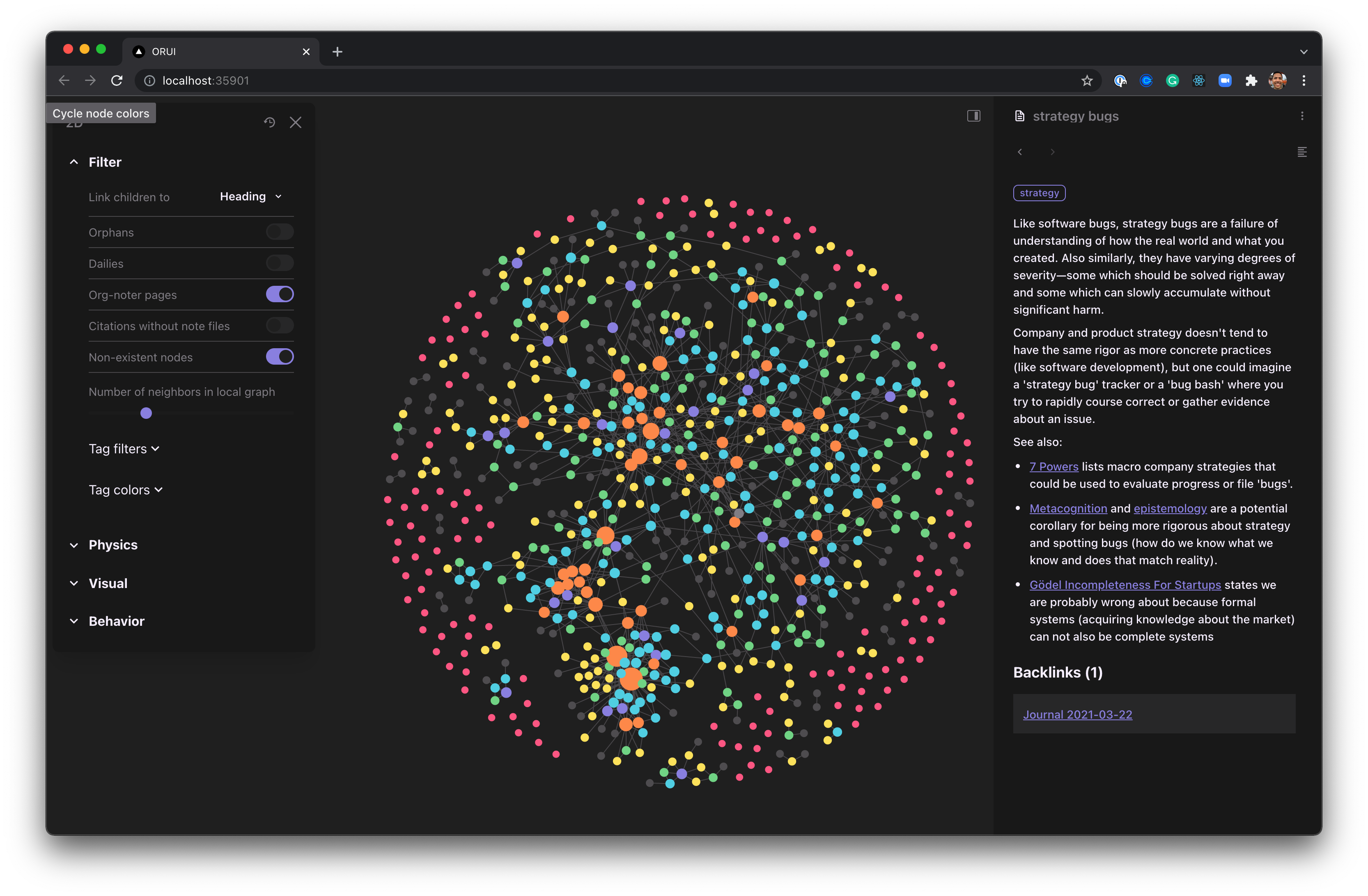In What Is a Tech Company on Stratechery, a tech company is defined by the following characteristics.
Software has zero marginal costs Providing the product to subsequent customers costs nothing (or near nothing) once it’s created.
Software improves over time Updates to the product happen continuously which increases the value to the user after they buy it.
Software offers infinite leverage Software creates efficiency that opens up new levels of scale and markets (e.g. the whole world can be your customers).
Software creates ecosystems The software creates and ecosystem that wasn’t available before like connecting buyers and sellers or third-party software vendors on a platform.
Software enables zero transaction costs Self-serve software reduces or eliminates the need to be hands-on with customers making each additional transaction cost nothing.
Not every technology business will meet all of them, but it is highly skeptical if a company purports to be a tech company and doesn’t exhibit most of these characteristics (like WeWork).
